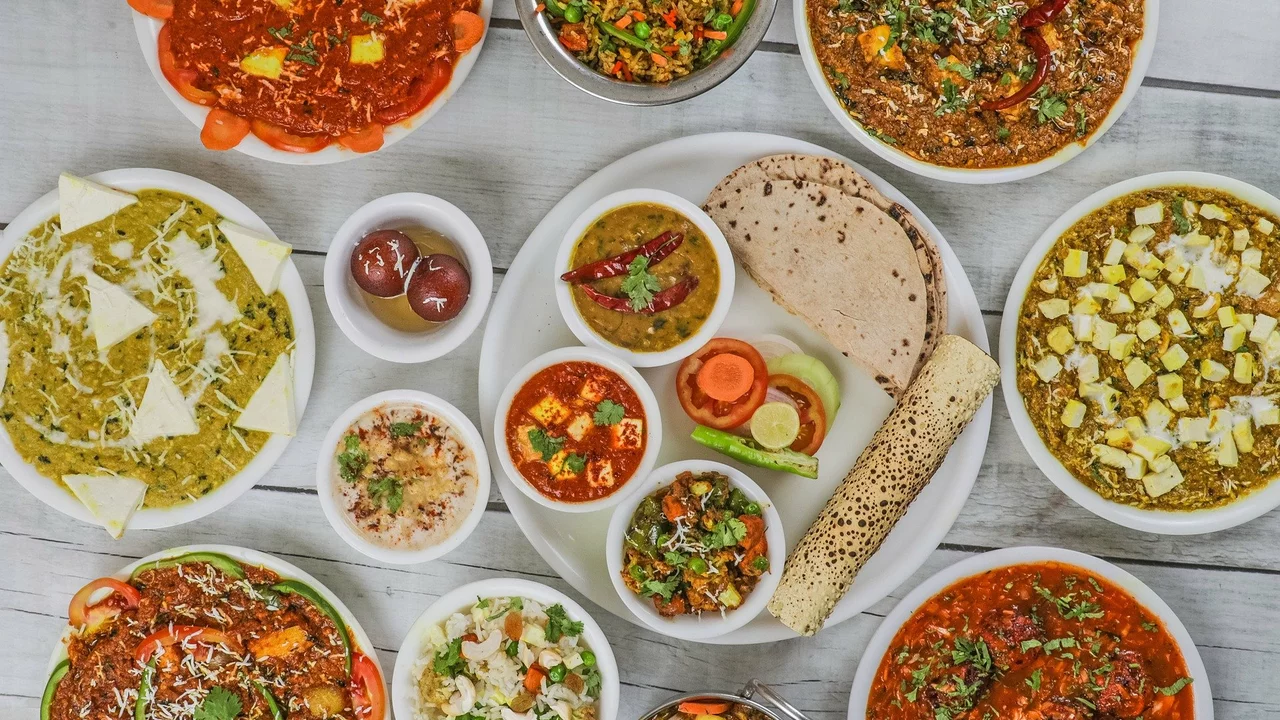Cultural Cuisine & Preferences: Why Some Non-Indians Dislike Indian Food
Ever tried an Indian dish and felt totally out of sync? You’re not alone. A lot of people from outside India hit a wall with strong spices, odd textures, or heavy dairy. Understanding what trips them up can help you pick the right dish next time or even introduce a friend to Indian flavors without the drama.
Spice Overload: Heat and Strong Flavors
Heat is the biggest culprit. Dishes like Vindaloo, Phaal, or extra‑spicy curries can feel like a mouth‑burning firework. For someone used to milder meals, the heat isn’t just a taste – it’s an experience that can turn them off fast. Even if the heat level is dialed down, the complex blend of spices (cumin, coriander, mustard seeds) can still feel overwhelming. If you’re cooking for a non‑Indian guest, start with a mildly spiced Butter Chicken or a simple Dal and let them add chili later if they want.
Texture Trouble: Unfamiliar Ingredients
Texture can be just as off‑putting as spice. Okra (Bhindi) often turns slimy, and Bitter Gourd (Karela) brings a sharp, bitter bite. Those textures aren’t common in many Western dishes, so they can feel weird or even disgusting. Paneer, the Indian cottage cheese, is another one – its firm, squeaky feel isn’t what most people expect in a savory dish. If you want to avoid a texture shock, swap in familiar veggies or use tofu instead of paneer for a neutral mouthfeel.
Beyond spice and texture, dairy plays a hidden role. Many Indian meals rely on cream, ghee, or yogurt. For someone who’s lactose intolerant or just not a fan of dairy, a creamy tikka masala can feel heavy and sticky. Offering a dairy‑free alternative, like coconut milk‑based curry, can keep the flavor while easing the dairy issue.
So, what’s the fix? Start simple. Choose dishes that showcase flavor without drowning the palate: a plain rice‑based Biryani, a tangy Chana Masala, or a fresh cucumber raita on the side. Let your guest add hot sauce or extra spice after tasting. This step‑by‑step approach lets them control the intensity and gives them a chance to enjoy the core flavors before the heat kicks in.
Another tip is to explain the dish before serving. A quick line like, “This is a mild spinach and cheese curry, not too spicy,” sets expectations and reduces surprise. When people know what they’re getting, they’re more likely to give it a try.
In the end, the goal isn’t to water down Indian cuisine but to make the first bite inviting. By easing into the spice, choosing familiar textures, and offering dairy‑free options, you can turn a doubtful first impression into a curiosity that leads to more adventurous eating later on.
Next time you host a dinner, remember: the road to loving Indian food starts with a gentle step, not a fiery sprint. Try these simple swaps and watch how quickly the skeptics become fans.
What Indian food do non-Indians usually dislike?
In my exploration, I found that some non-Indians often struggle to enjoy certain Indian foods. The main culprits seem to be dishes with strong flavors, such as those abundant in spices or heat, like Vindaloo or Phaal. Foods with unusual textures, for instance, Okra (Bhindi) or Bitter gourd (Karela), also prove challenging for some. The heavy use of dairy in many dishes, like Paneer-based meals, can also be off-putting for those with dietary restrictions. However, it's important to remember that taste is subjective, and there are plenty of non-Indians who relish these very dishes.
